
The term ‘digital transformation’ has been a buzz-word for some time but what exactly does it entail? In our latest webinar with Kelly Biggs, an experienced WSI consultant and highly regarded digital marketer, shares some valuable insights into what digital transformation is and how to best prepare your business.
What Is Digital Transformation?
In simple terms, digital transformation integrates digital technology into all areas of business. This results in fundamental changes in how a business operates and the value they deliver to their customers.
It also involves adopting a cultural change where organisations continually challenge the status quo, experiment, and get comfortable with failure. It’s essential for companies to realise that transformation is driven by customers and NOT the business.
We all love consuming video content so if you prefer to watch rather than read, click below to gain access to the full webinar recording.
Signs That Your Business Should Start Or Expand Digital Transformation
As powerful as referrals may be, you can’t solely rely on them either. Putting all your faith in customer referrals may be a losing strategy so its best to assess if there’s been a downward trend. If so, you need to revisit your strategy and look closer at digital transformation.
Other signs include existing customers buying at the same rate or a marked reduction in repeat business. At this stage, you need to ask yourself whether you are correctly measuring retention and identify an outreach plan that will work for your business.
Old and outdated technology is another tell-tale sign that digital transformation should be a top priority. We understand that technology changes quickly so it’s in your best interest to keep upgrading your tech. When is the last time you used a mobile app to visit your website? What was your experience?
How To Digitally Transform Your Business
Today, consumers are looking for valuable solutions to their problems and expect to find it fast. With the aid of technology, digital transformation helps businesses improve customer experience and get them what they want in a more convenient way.
As simple as that sounds, the adoption of digital transformation requires some effort and a good understanding of your target audience. We like to call this an ‘End-to-End Digital Process Flow’ and includes the following:
- Attract prospects using Inbound Marketing techniques
- Convert visitors into prospects with high-converting landing pages and good website design
- Turn prospects into leads with the help of marketing automation and a CRM system
- Manage expectations and delight customers (refers to Online Reputation Management)
- Measure, analyse and tweak everything to ensure continuity and good ROI
What Is Inbound Marketing?
Inbound marketing is a marketing technique that draws prospects to your website. It highlights the importance of content creation to attract customers and move them through your sales funnel.
Elements of inbound marketing include keyword research, SEO, PPC, social media, blog writing and website among others. The only way to manage a successful inbound marketing strategy is by
- understanding your target market and building a buyer persona before you start
- leveraging keyword research to increase SEO and marketability of your content
- showing up where your customers are which comes from doing the relevant market research
Recommended: ‘The Ultimate Guide To Inbound Marketing Success’
The Importance Of Focusing On Conversions (Not Just Traffic)
Brands who employ a Conversion Strategy improves their ROI – it’s as simple as that. There’s no point in getting 1 million web visitors if you can’t convert that into actual sales. A traffic-focused approach typically generates around a 10% conversion rate whereas a conversion-focus approach is double that.
If you consider that 68% of small business don’t have a documented conversion rate optimisation (CRO) strategy, what can you do differently?
Expert Conversion Rate Optimisation Tips
It comes down to aligning user intent, company goals and user experience (UX). If you understand your business goals versus user intent and matching all of that to the UX, you’re halfway there.
By knowing why you are promoting a product or service, whether it’s purely for brand awareness, informational or to increase sales, you can create content that matches user intent. Don’t overload the website with too much information and automatic movement as it can easily distract visitors.
Content should be clear in terms of what the visitor needs to do or feel. You can have the best-looking website but if navigation is impossible or your content doesn’t answer the query they searched for, people will leave.
Always create content with the user in mind as they will ask themselves whether they are in the right place or if they trust the site and where they should go next.
Digital Transformation And Marketing Automation For Closing Leads
Marketing automation is a powerful tool across the entire sales funnel but it goes without saying that it still requires your input. Contrary to what some believe, marketing automation doesn’t work without instructions and that comes from the effort you put into the platform in terms of content creation and strategy.
Once your prospects are in the marketing or sales funnel, it’s time to put your efforts into converting them into customers. Here is where marketing automation and email automation play a vital role, with some incredible benefits:
- Create workflows in advance to automate repeatable processes
- Enhance and personalise the customer experience
- Pinpoint sales and marketing KPIs to increase ROI
- Increase efficiency in your sales teams
CRM And Email Automation
Next on the list is email automation and having a good CRM system in place. Below is a great example of what an effective email marketing process entails:
Reviews And Online Reputation Management
Online Reputation Management (ORM) means taking control of online conversations between your business and potential customers. It’s important for your brand to have an ORM process in place and these FOUR steps can help:
Whilst a 5-star review is great, a bad review is also an opportunity to learn from visitors so never ignore these. Prospects want to know how you treat customers when something goes wrong so remember to react appropriately and within a reasonable space of time.
Customers are more likely to report a negative review so prompting good reviews is a best practice. According to a survey by BrightLocal, 79% of consumers say they trust online reviews as much as personal recommendations from friends or family.
Recommended: ‘How To Master Online Reputation Management’
Digital Transformation And Data Analytics
With all the available technology, there’s no excuse for not having a system in place. By keeping tabs on the numbers, you can accurately monitor the performance of campaigns, set up a strategy, better understand your clients, identify market shifts easily on and measure your overall ROI.
- Use Google Analytics to understand the ABCs of your visitor’s journey which is Acquisition, Behaviour and Conversion
- Start with simple measurements and ask what is this telling me? Does it make sense? What should I do about it?
- Don’t get too anxious when you see any movement as it takes three data points to form a trend
Why Work With WSI eMarketing
WSI eMarketing is a full-service digital marketing agency that can help boost your online brand, generate more leads, sales and improve your overall marketing ROI. As part of the largest network of digital marketing agencies around the world, we are able to bring you the latest insights of various experts from across the globe.
This includes the webinar we discussed here with Kelly Biggs as well as a previous, highly popular webinar on LinkedIn Social Selling and Landing Page Optimisation tips for better conversions. Keep reading our blogs and follow us on social media for FREE access to these virtual events.
Want to talk more about how you can digitally transform your business? Contact us to request a Gap Analysis or Free Consultation to see where we can help.
Related Post
Content Sharing Via Social...
Target marketing to meet your business goals Is your business using social media channels...
- June 15, 2011
- By Nadine Thomas
- Digital Marketing
Can you get help to fund your...
If you need a new website, it’s possible that you could get help towards the cost....
- May 30, 2013
- By Rob Thomas
- Digital Marketing
10 Best Ways to take...
Others may have seen a pop-up ‘invitation to upgrade’ message when they accessed...
- June 1, 2013
- By Rob Thomas
- Digital Marketing
Google Hangouts – 6 Ways...
Google+ was launched just 2 years ago in June 2011. In the first 6 months of its...
- June 24, 2013
- By Nadine Thomas
- Digital Marketing
6 top tips on how to get the...
In Europe alone there are 243.2 million Facebook subscribers (internetworldstats, 2012)....
- July 3, 2013
- By Nadine Thomas
- Digital Marketing
What is SEO?
SEO or Search Engine Optimisation to give it its full name is the process that helps your...
- July 29, 2013
- By Nadine Thomas
- Digital Marketing


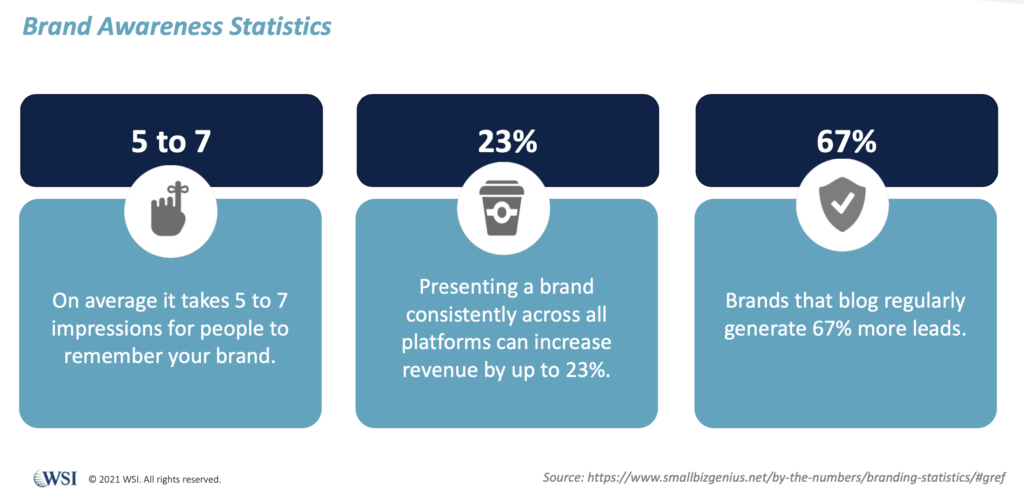

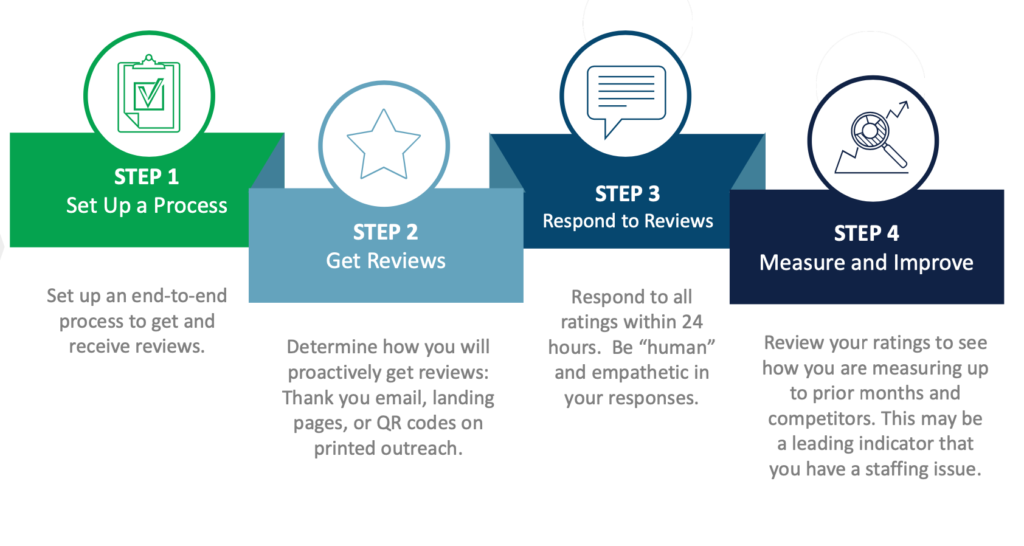
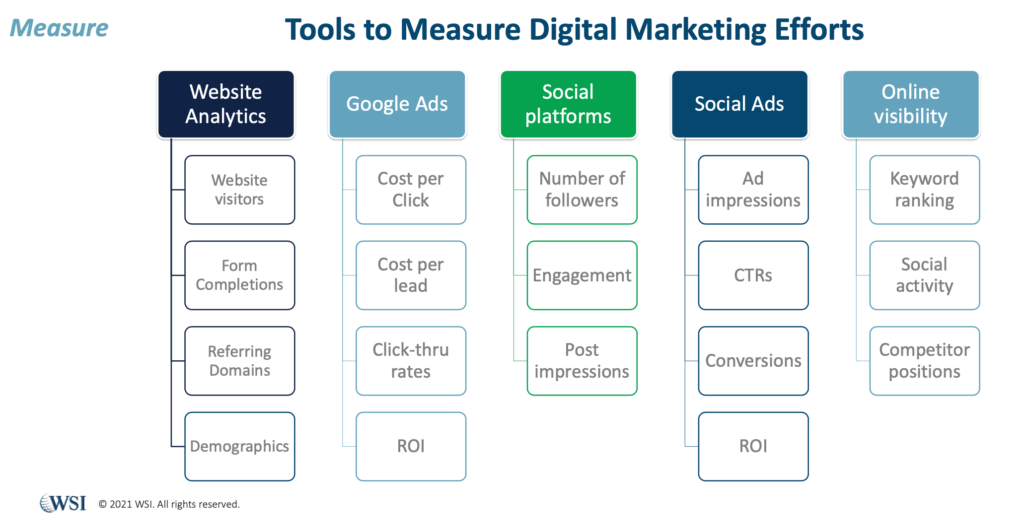


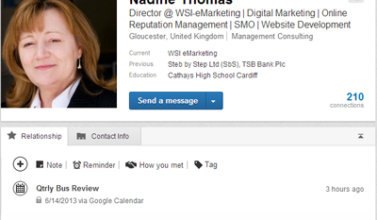


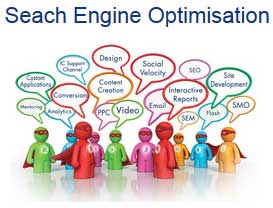




Leave a Comments